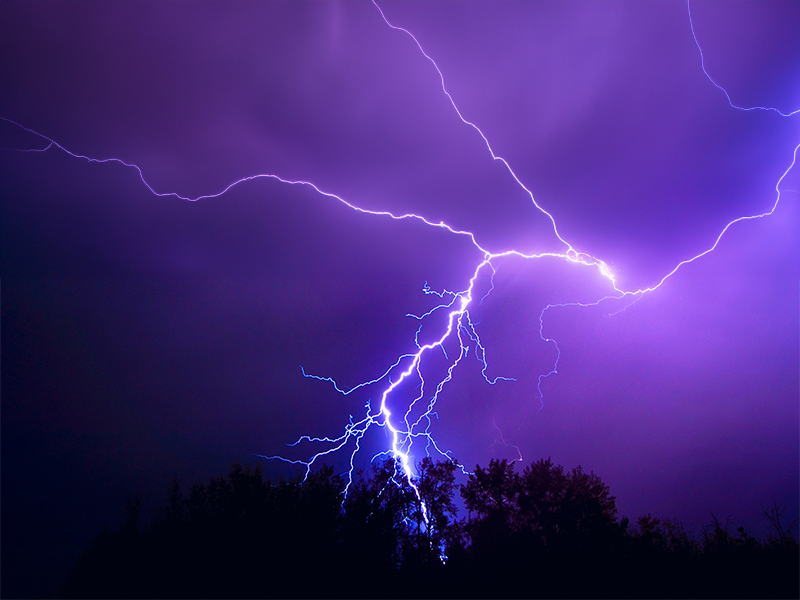
Tower Crane Lightning Precaution and Safety Measures: Navigating the Storm
In the ever-evolving landscape of construction, tower cranes stand tall as symbols of progress. However, as imposing as these structures may be, they are not immune to the unpredictable forces of nature, particularly lightning. This article delves into the crucial aspect of tower crane lightning precaution and the safety measures in place to protect both equipment and personnel during storms.
- Understanding the Risk:
Lightning poses a significant threat to tower cranes due to their height and metallic structure. A lightning strike can lead to severe damage to the crane's electrical systems, compromise structural integrity, and endanger the lives of operators and workers on-site.
- Lightning Protection Systems:
To mitigate the risk of lightning strikes, tower cranes are equipped with lightning protection systems. These systems typically include lightning rods positioned at the highest points of the crane. These rods are connected to grounding systems, providing a path for lightning to follow safely to the ground, minimizing the risk of damage.
- Monitoring Weather Conditions:
Proactive monitoring of weather conditions is fundamental in lightning safety. Dedicated personnel should keep a close eye on weather forecasts and real-time updates. When thunderstorms are predicted, precautionary measures can be implemented well in advance to secure the crane and ensure the safety of workers.
- Ceasing Operations During Storms:
One of the primary safety measures during thunderstorms is to halt crane operations immediately. Tower crane operators must be trained to recognize the signs of an impending storm and follow established protocols to secure the equipment. Suspending operations helps prevent accidents and protects the crane from potential lightning strikes.
- Safe Shelter and Evacuation Plans:
In the event of an approaching storm, providing safe shelter for operators and construction personnel is paramount. Designated areas for shelter, away from the crane and other metal structures, should be identified. Additionally, clear evacuation plans must be communicated and practiced regularly to ensure a swift and organized response.
- Post-Storm Inspections:
After a lightning storm has passed, thorough inspections of the tower crane are necessary. This includes checking the lightning protection system, electrical components, and structural integrity. Any signs of damage or malfunction should be addressed promptly to prevent further risks during subsequent operations.
- Operator Training and Awareness:
Ensuring that tower crane operators are well-trained and aware of lightning safety protocols is crucial. Training programs should cover recognizing weather conditions, implementing precautionary measures, and responding to emergencies, emphasizing the importance of prioritizing safety over operational timelines.
In the dynamic world of construction, where progress meets nature, tower crane lightning precaution and safety measures are non-negotiable. By integrating lightning protection systems, monitoring weather conditions, ceasing operations during storms, providing safe shelter, and emphasizing operator training, the construction industry can navigate the storm with resilience and ensure the safety of both equipment and personnel. As towers reach for the sky, these precautionary measures keep them grounded, resilient, and ready to withstand the forces of nature.



